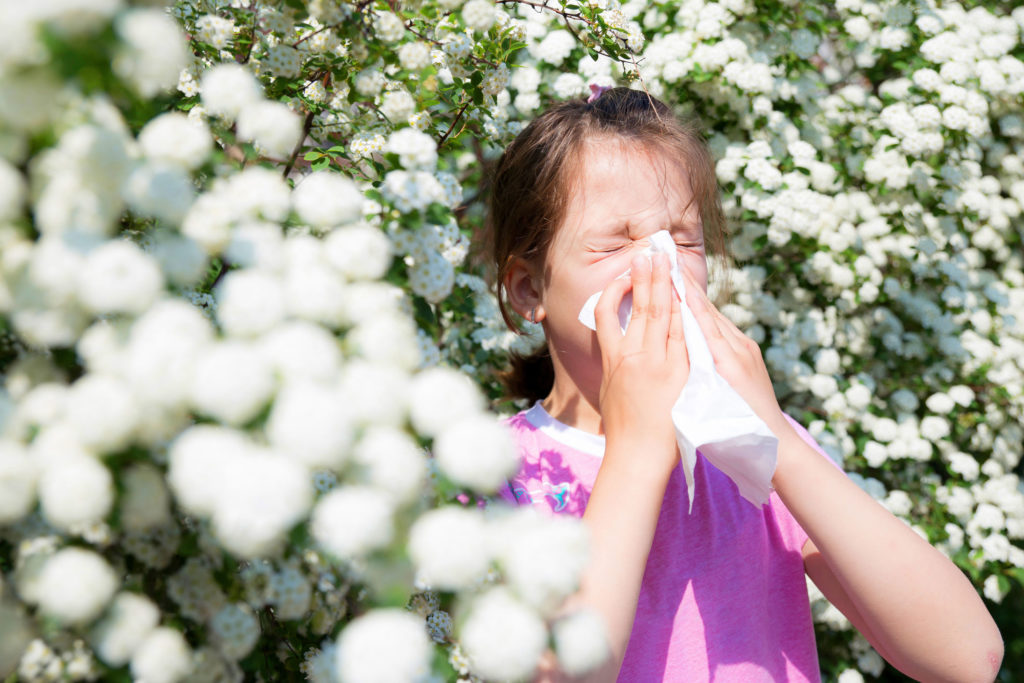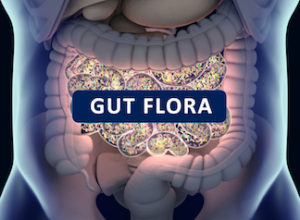The Home Allergy Program (HAP) evolved out of early work of Dr. Robert Robinett at the Worthington Clinic in Minnesota. Dr. Robinett’s allergy practice was in largely rural areas. The majority of his patients did not receive allergy shots in the doctor’s office because they were either busy farming, located too far from the clinic, or both.
In 1969, after completing my allergy and internal medicine training, I joined Dr. Robinett in private practice. Unusual for the time, he allowed patients to receive allergy injections at home. Although I was concerned about the safety of this technique, I quickly realized that Dr. Robinett was very successful, and that was what counted. Patients benefitted from treatment and had no complications. Administering injections at home allowed them to continue their program without interruption: regardless of their lifestyle, location or vocation.
At that time, I studied the results of injections administered at home versus those that came in the office. Patients completed questionnaires for the study over two years. There were over a hundred patients in each group. I compared the clinical benefits, costs, and patient satisfaction, as well as other HAP related variables. I found that clinical benefits were equal between both groups and, most importantly, patients who self-administered allergy injections were happy with the program.
I have treated tens of thousands of patients successfully since 1969 with HAP with no complications (cf. The Common Complications with Allergy Treatment for more information). When patients move out of state, I advise them to go to a local doctor or clinic to receive the AIT injections.
Over time, most patients usually prefer HAP and ask me to resume their care. Patients who join HMOs often decide they would rather pay out-of-pocket to receive allergy extract material because they are much more satisfied with this treatment because they remain in charge of their own care*.
* As a precaution, patients with moderate asthma or severe asthma are advised to receive the first injection from a new supply material from a local physician or allergist.



